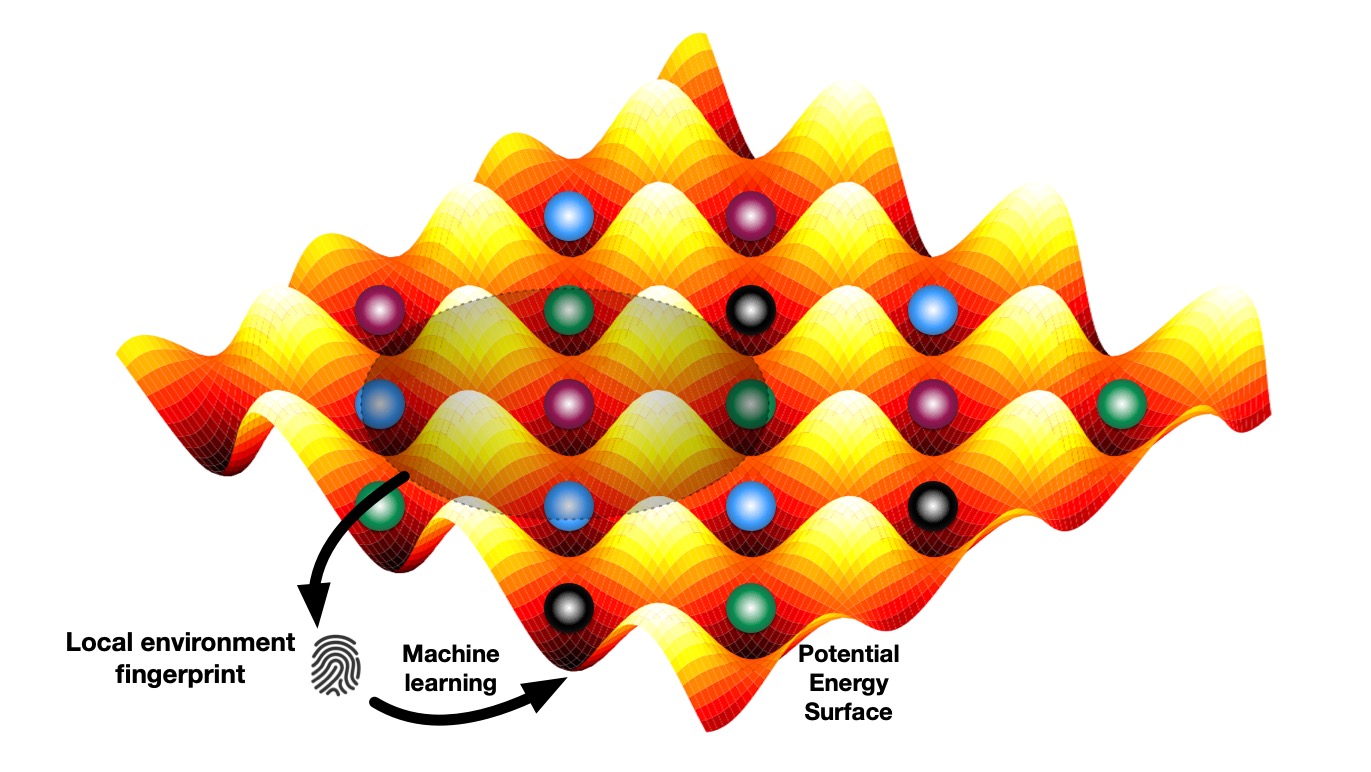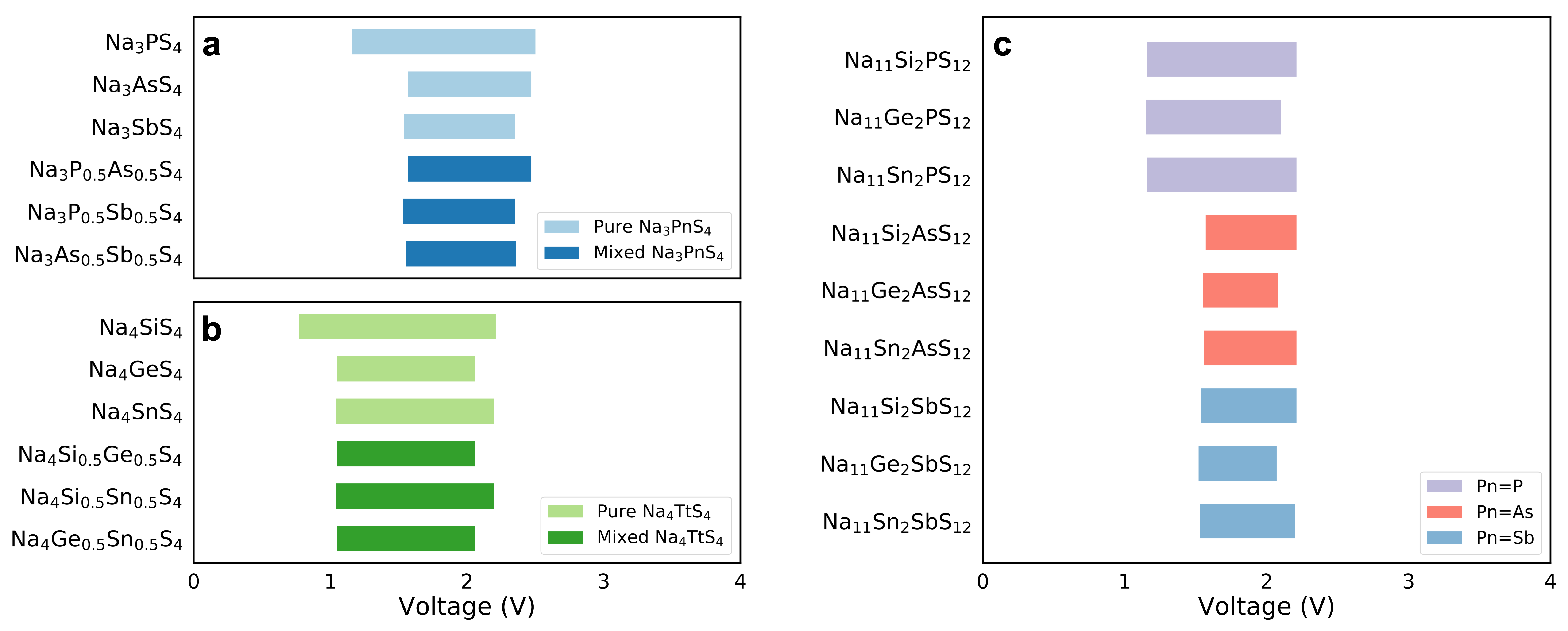Yunxing’s Workshop Talk on Machine Learning Interatomic Potential Development with MAML
Yunxing gave a talk at NanoHUB’s Hands-on Data Science and Machine Learning Training Series today on how to conveniently develop machine learning interatomic potentials (ML-IAPs) using the Materials Machine Learning (maml) library. ML-IAPs describe the potential energy surface using local environment descriptors and has been demonstrated to be able to achieve near-DFT accuracy with linear scaling with respect to the number of atoms. The recording of this talk is now available on the Materials Virtual Lab’s Youtube channel. To find out more about the maml package, check out our Github repository. You can also read Yunxing’s excellent paper benchmarking the performance and cost of various ML-IAPs to learn more.



